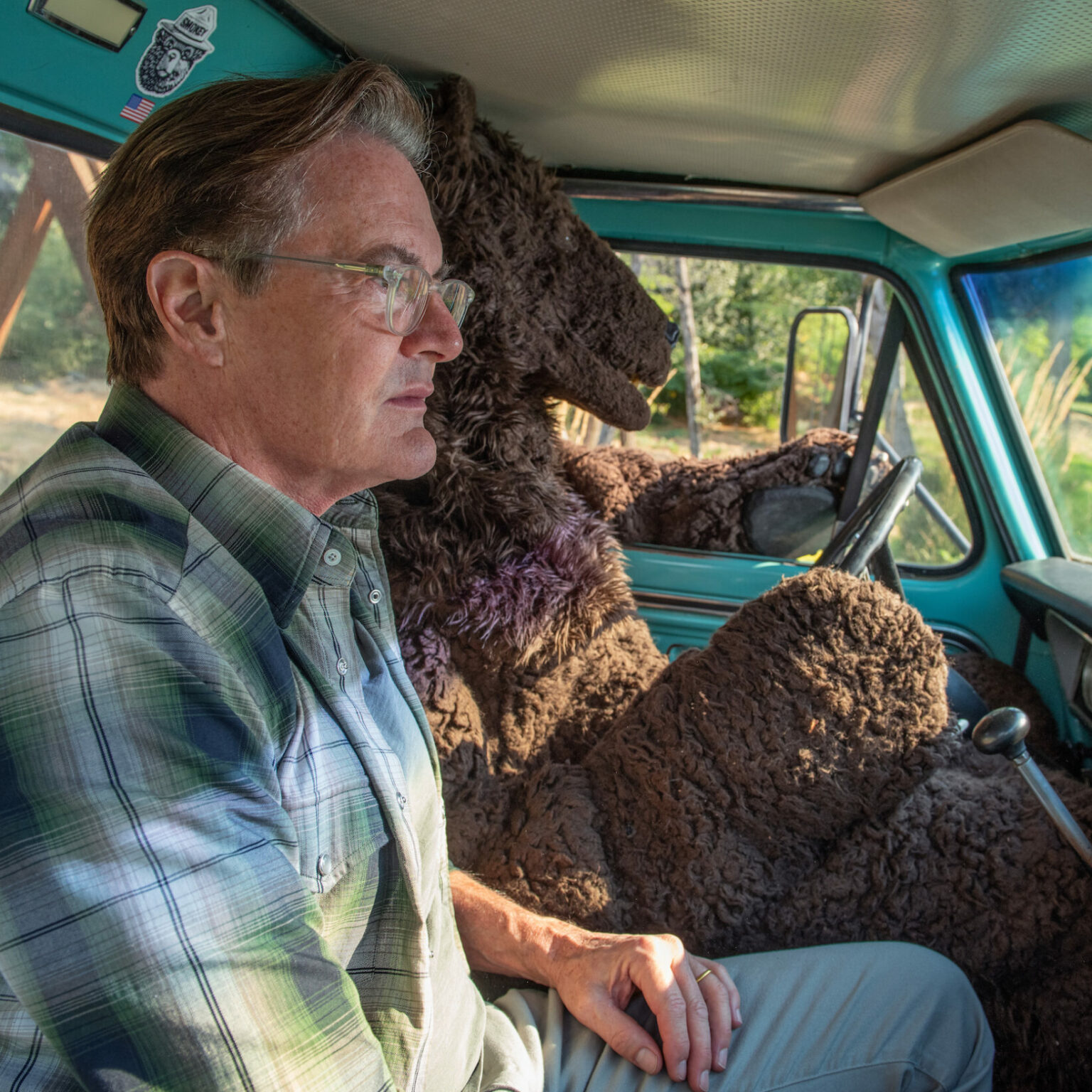Becoming a Wine Retail Institution w/ Phil Bernstein, MacArthur Beverages


An early mover focusing on fine wine, Bordeaux and California futures, and becoming a dual importer/retailer, Addy Bassin’s MacArthur Beverages has become a wine institution in Washington DC. Phil Bernstein, General Manager of the brick & mortar wine ret
An early mover focusing on fine wine, Bordeaux and California futures, and becoming a dual importer/retailer, Addy Bassin’s MacArthur Beverages has become a wine institution in Washington DC. Phil Bernstein, General Manager of the brick & mortar wine retail store and importer, tells us about how he thinks about wine pricing, direct importing wines, the changes in consumer buying patterns, and more as we continue to delve into the future of wine retail.
Detailed Show Notes:
- Phil’s background
- He grew up in Long Island, played Trumpet, and pursued a career as a professional trumpet player
- He ended up begging for a part-time job at a retail shop in Ann Arbor, MI, and got his start in wine
- Saw a job at Calvert Woodley in DC on winejobs.com and moved to DC
- He moved to Macarthur Beverages so he could become a wine buyer and became GM in April 2018
- Macarthur Beverages history
- An institution in DC, in the Palisades suburbs
- Founded in 1957 by Addy Bassin and his wife, Ruth
- One of the 1st to offer Bordeaux En Primeur
- He was notable for bidding on one of the Jefferson wine bottles
- They had a focus on fine wine from an early stage
- Both a national shop (because of fine wine focus) and a neighborhood store
- Pre-pandemic - 50% online / 50% in-store; today - 70% online, 30% in-store
- Used to have tastings every Sat in-store to drive foot traffic
- People now do curbside pick up after ordering online
- Does a lot of DC area delivery (can only legally deliver in DC, not nearby suburbs in MD or VA)
- Physical store for wine retail - “nothing beats the human interaction”
- Pricing for wine retail - “price is everything”
- Believes that price often trumps customer loyalty
- Looks at wine-searcher.com when pricing wine, having the best price on wine-searcher meaningfully drives sales
- Used to do a standard markup with a case discount, but believes now having the best price upfront is key
- “Reliability” for MacArthurs is good customer service
- Take care of the wine (temp control, only ship when weather is good)
- Never makes vintage substitutions
- Always makes good on promises, even if they end up losing money on the sale
- Both an importer and a retailer
- Only possibly in DC and CA in the US
- Can buy Bordeaux direct from negociants
- Have access to more fine wine from overseas
- Can cut out the middle man - improving profitability and reducing the price to the customer
- Finding their wines to direct import - have exclusivity, mostly locally
- Imports 6-7 full 50ft containers a year
- Not allowed to sell to other distributors or retailers
- ~60% of business from wholesalers, ~40% imported
- Believes more importers will sell direct over time
- Bordeaux Futures/En Primeur
- The value of it can vary a lot by campaign
- The only way for it to work is for wines expected to either be sold out or at higher prices when the wines are released for customers to tie up their money
- In most years, En Primeur only works for the top 50-75 wines, which doesn’t make sense for most Petit Chateau
- 2019 campaign - Bordelais knew people couldn’t taste during En Primeur due to Covid, Pontet Canet and Angelus came out early with low prices and set the tone - lots of interest and buying
- 2020 campaign - “somewhat of a dud,” Bordelais took prices back up to between 2018 and 2019 levels
- California Futures
- Starting to go away from this model
- In the early 1980s (pre-internet), set up barrel tasting of CA wine producers, people could taste the wines and order futures at a discount
- E.g., Randy Dunn, Ridge, Shafer were some producers
- Robert Parker came and did a private tasting after the event
- It has since been taken over by the internet, mailing lists, and wines have wider distribution
- Now more of a social event, less about selling wine
- Customer demographics
- Largest revenue from males 45-54
- Growing population according to Google Analytics - females 35-44, more younger buyers tend to be female
- Buying habits changing
- The old model - buy by the case (based on points and price)
- The new model (as wine prices have gone up and selection has increased) - lots of 1-2 bottle buying, trying things from all over the place
- Points are less important
- Restaurants are a way for consumers to explore new types of wine
- Bourbon is a very hot category
- Communications
- Email is still the #1 way to sell wine
- Social media - doing more, can highlight boutique items, good for promoting local events (tastings, wine dinners)
- YouTube - did some video tastings for customers - got excellent feedback
- Working with a digital marketing company
Get access to library episodes
See acast.com/privacy for privacy and opt-out information.












